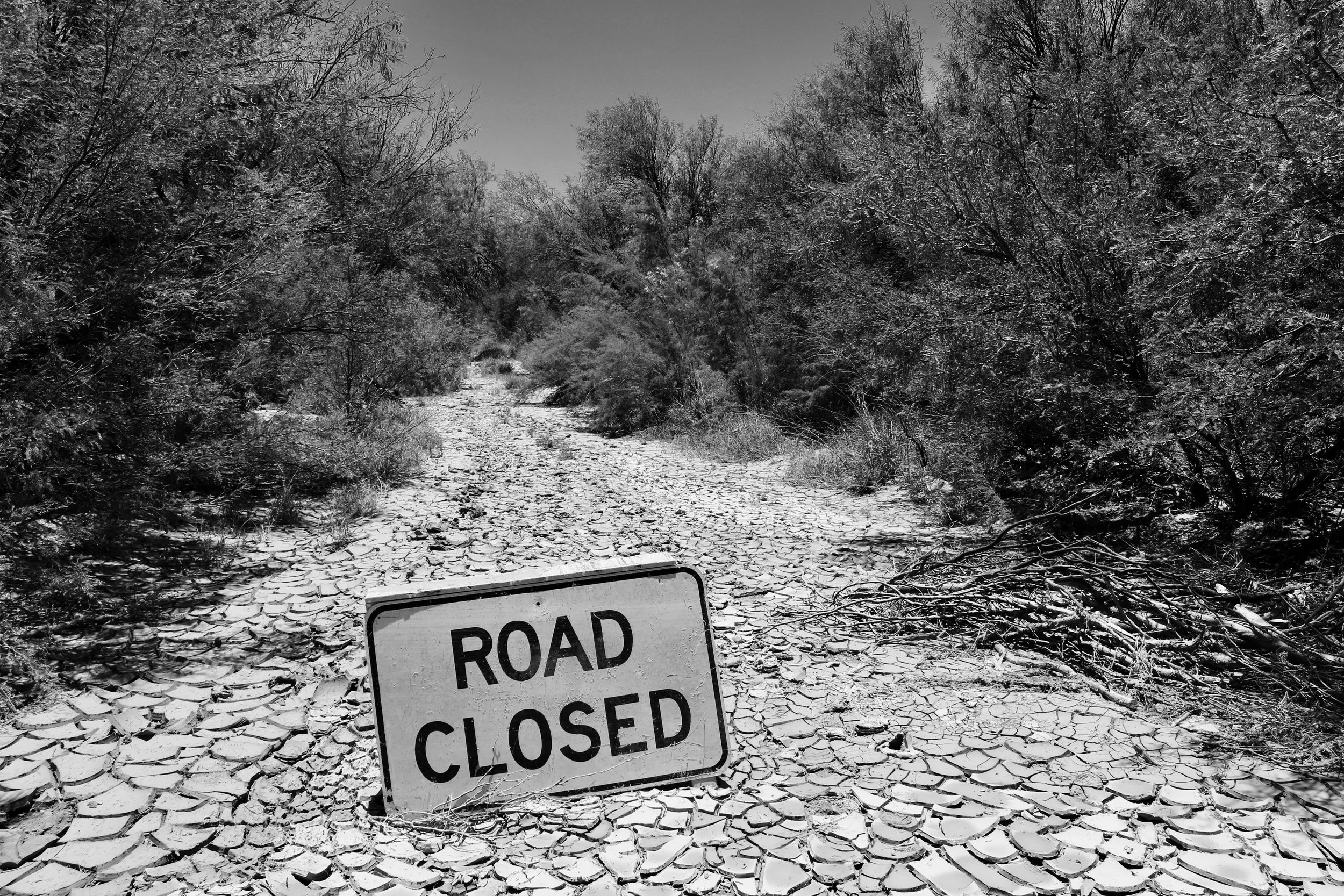It’s hard to forget the hockey mom mayor from Juneau, who was once campaigning to be America’s vice president alongside Senator McCain. While I personally believe the Tina Fey version to be superior to the real one, a quote stuck with me while here in the park: “I can see Russia from my house!” Well Mrs. Palin, I can actually see Mexico from my house.
Politics and falsities aside, the fact that Mexico and Texas are separated by a river, one that normally flows lazily along as 100cfs or less, never ceases to astound me. Getting to stand on the banks of the Rio and gaze into another country at times just yards away is something that can’t be done in many places. But you also begin to wonder—who’s looking back at us?
Enter the 118 mile international border that falls within Big Bend National Park’s boundaries. Before the events of 9/11, there were two crossings in the park: Boquillas in the East and Santa Elena in the West. Neither were customs check points, and US citizens could travel up to 8 miles into the interior of Mexico without a passport. Mexican nationals could freely cross the border into the park to buy ice cream from the Rio Grande Village store, and some were even permitted to work in the park. Boquillas quickly began to thrive on the park’s tourism. Even without electricity or running water, the people of Boquillas subsisted on the tourists’ dollars.
After the 9/11 attacks, Santa Elena was permanently closed and the Boquillas closing was shut pending an overhaul. Up until 2010, Boquillas remained closed as a crossing point between the US and Mexico. Finally it reopened in 2010 but with much more stringent entry/exit requirements between the two countries. It is closed on Mondays and Tuesdays, Mexican nationals have a much harder time crossing, and the US citizen can only go half a mile into Mexico without a passport. Unfortunately, the town of Boquillas is half a mile from the river so tourists much take their passports if they wish to cross the river.
On the Mexico side of things, Boquillas is 3 hours from the nearest paved road in the state of Chihuahua. The community still does not having running water throughout the village, and it only just got electricity two years ago with the installation of solar panels. Even after the border revamp, Boquillas still survives on the tourist dollars coming in. It would be unclear that the fate of Boquillas would have been if the crossing had not re-opened.
So contrary to current popular belief, these are not rapists and murderers plotting and clamoring to get into America. They’re people who have a dependency on the largely American tourist. They are supported purely by park visitors—and they are content with keeping it that way. In addition, the park has had the lowest crossing rate out of anywhere on the US/Mexico border for the last 25 years running. But to say that the people of Boquillas are content with their situation is a gross assumption. I can’t speak for them. Nor can anyone speak for them but themselves. What scares me, as well as them, the most is another change on the border. A new form of border. Not a closed one such as after 9/11, but a vertical one that also was the foundation of a campaign’s platform. One paid for by the American taxpayer, not the American tourist. A ‘proposed infrastructure’ that would do exponentially more harm than good to both sides.




